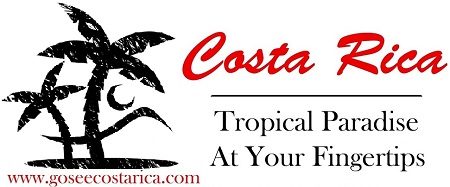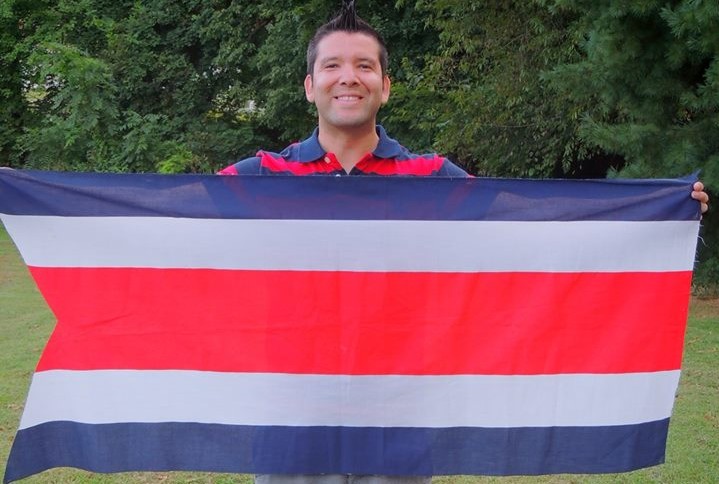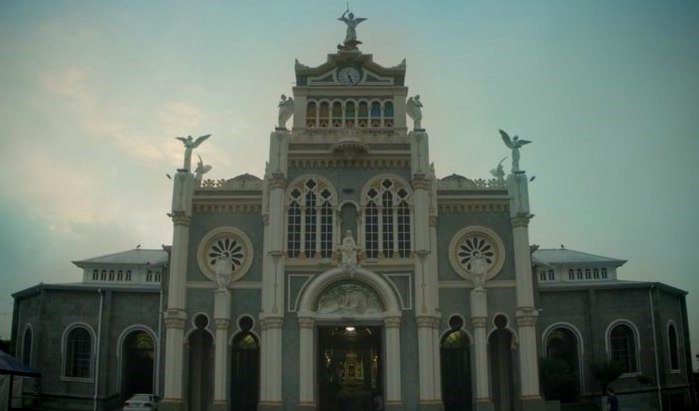Culture
Costa Rican Culture
Here are some interesting facts that surround Costa Rican culture. Let’s start this off by talking about population and ethnic groups. Ever since the colonization period began, Spanish culture has greatly influenced Costa Rica. Since that time, there have been other cultures that have had a big influence in various parts here. There are quite a few ethnic groups that inherit Costa Rica and play a big part in the culture today.
Nicaraguans make up a sizeable amount, an estimated 10% (400,000 – 600,000), of the population in Costa Rica. Lots of them just come for seasonal work and later return to their country. The reason why that amount is higher than other countries is #1 it borders the country and #2 since 1998, Costa Rica and Nicaragua made an agreement regulating seasonal migration. It allows those with work permits to enter Costa Rica at the Peñas Blancas border in Liberia.
Immigrants from the United States, Nicaragua and Colombia make up around 9% of the population, which is the biggest in the Caribbean and Central America stated in 2014. Native American or indigenous inhabitants, who mostly live in secluded reservations, represent 2.4% of the population.
Jamaican immigrants and natives have had strong culture influences in the Caribbean province of Limón as well as the Cordillera de Talamanca, which lies near the Panama border. There are four minority groups in Costa Rica: Amerindians, Asians, Blacks and Mulattos (mix of European and black decent). The Black Africans, aka Afro-Costa Ricans, make up around 8% of the population.
The majority of Costa Ricans consist of Spanish or Spanish / Mixed ancestry. A few minorities of that ancestry consists of British, Dutch, French, German, Greek, Italian and Swedish to name a few. About 83% of the population is made from Castizos (75% European and 25% Native American), Whites and mestizos (Spanish and American Indian).
The 0.5% of the population is represented by the Asians in Costa Rica. They come mostly from China, Japan and Taiwan.
Costa Rica became a refuge from other countries (mainly from Argentina, Cuba, Chile, El Salvador and recently Venezuela) due to civil wars and dictatorships over the years from 1970s to the 1980s.
Catholicism, which consists of 70.5% of the population, is considered to be the most practiced religion, followed by Evangelical Protestants 13.8% according to a survey done by the University of Costa Rica. A small part of the population, 11.3%, state they don’t have a religion, while 4.3% say they practice another religion. Jehovah’s Witness, Judaism, Buddhism, Hinduism, Islam are a few other religious denominations practiced in Costa Rica.


